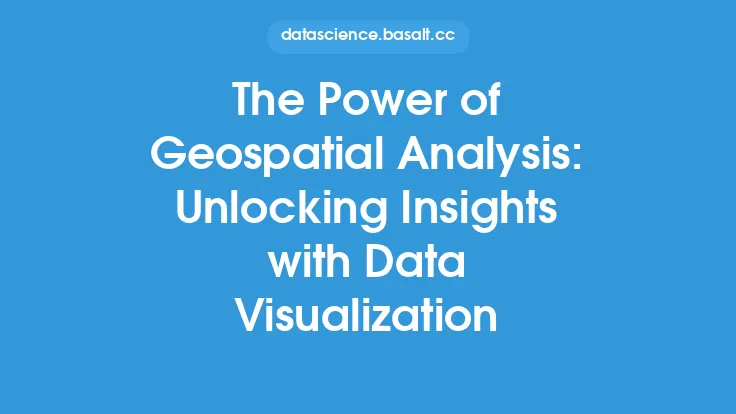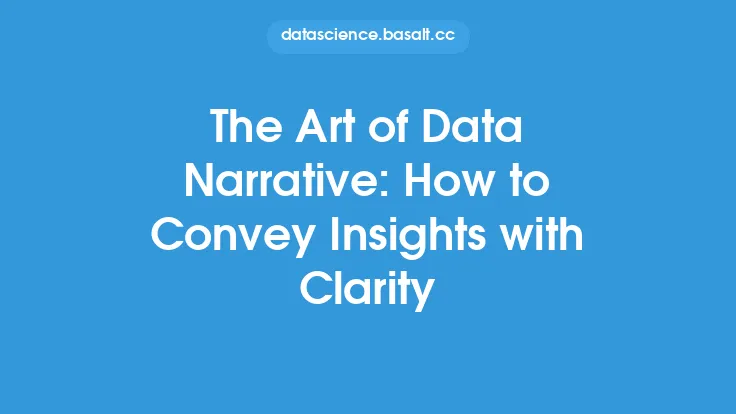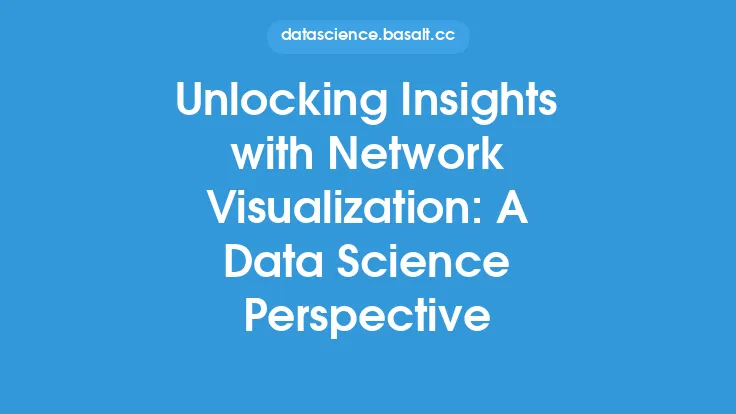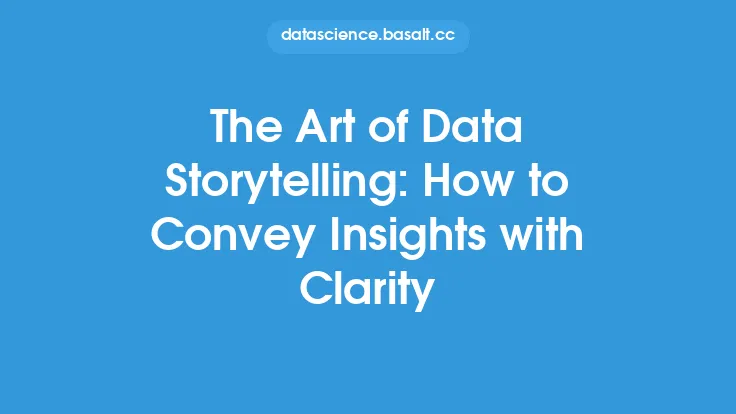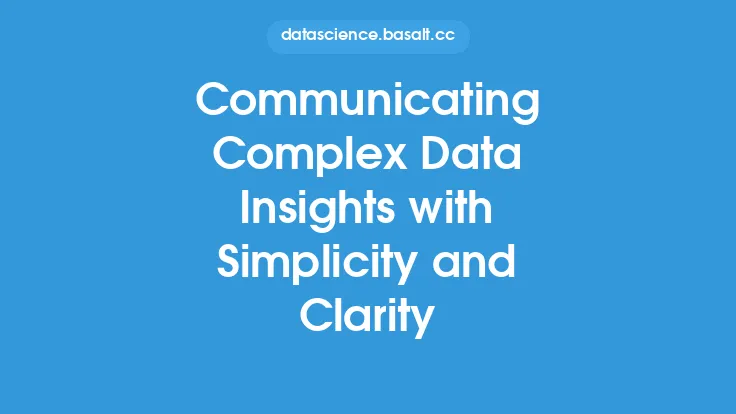Data profiling is a crucial step in the data analysis process, allowing individuals to gain a deeper understanding of their data and uncover hidden insights. It involves examining and analyzing data to identify patterns, trends, and correlations, as well as to detect anomalies and outliers. By applying data profiling techniques, users can develop a comprehensive understanding of their data, which can inform decision-making and drive business strategy.
What is Data Profiling?
Data profiling is the process of analyzing and summarizing data to understand its distribution, central tendency, and variability. It involves using statistical and visualization techniques to identify patterns and trends in the data, as well as to detect anomalies and outliers. Data profiling can be applied to various types of data, including numerical, categorical, and text data.
Benefits of Data Profiling
Data profiling offers several benefits, including improved data understanding, enhanced data quality, and increased efficiency. By applying data profiling techniques, users can identify data quality issues, such as missing or duplicate values, and take corrective action to improve the accuracy and reliability of their data. Additionally, data profiling can help users to identify patterns and trends in their data, which can inform business decisions and drive strategy.
Data Profiling Techniques
There are several data profiling techniques that can be applied, including descriptive statistics, data visualization, and data mining. Descriptive statistics involve calculating summary measures, such as mean, median, and standard deviation, to understand the distribution of the data. Data visualization involves using plots and charts to visualize the data and identify patterns and trends. Data mining involves using algorithms and statistical models to identify complex patterns and relationships in the data.
Best Practices for Data Profiling
To get the most out of data profiling, it's essential to follow best practices, such as starting with a clear understanding of the business problem or question, selecting the right data profiling techniques, and using high-quality data. Additionally, users should consider using data profiling tools and software, such as Excel, SQL, or specialized data profiling software, to streamline the process and improve efficiency.
Common Challenges in Data Profiling
Data profiling can be challenging, especially when working with large and complex datasets. Common challenges include dealing with missing or poor-quality data, selecting the right data profiling techniques, and interpreting the results. To overcome these challenges, users should consider using data quality checks, such as data validation and data cleansing, and seeking guidance from experienced data analysts or data scientists.
Real-World Applications of Data Profiling
Data profiling has numerous real-world applications, including customer segmentation, risk analysis, and predictive modeling. By applying data profiling techniques, businesses can gain a deeper understanding of their customers, identify potential risks, and develop predictive models to inform decision-making. Additionally, data profiling can be used in various industries, such as healthcare, finance, and marketing, to drive business strategy and improve outcomes.
Conclusion
Data profiling is a powerful tool for uncovering insights and driving business strategy. By applying data profiling techniques, users can gain a deeper understanding of their data, identify patterns and trends, and detect anomalies and outliers. Whether working with numerical, categorical, or text data, data profiling offers numerous benefits, including improved data understanding, enhanced data quality, and increased efficiency. By following best practices and using the right tools and techniques, users can overcome common challenges and unlock the full potential of their data.
